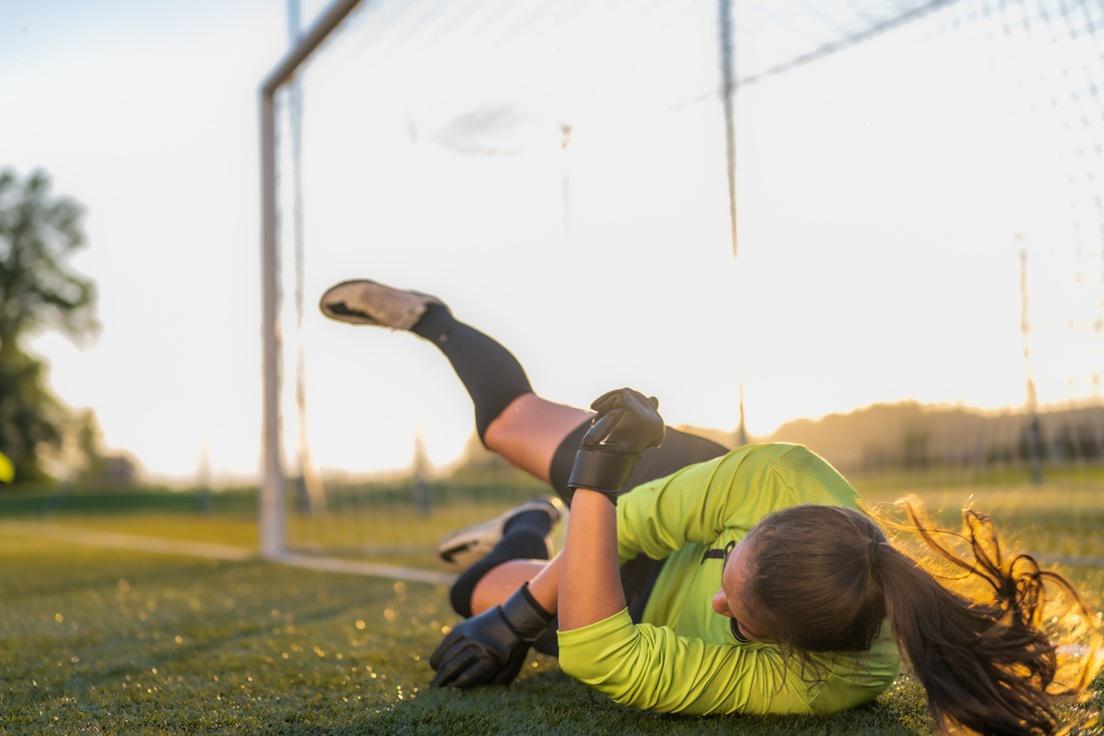Protecting Student Athletes from Concussions

Earlier this year, a study spotlighted just how frequently concussions occur in school sports—and the numbers were alarming. In response, the Centers for Disease Control and Prevention (CDC) launched a new informational campaign, equipping healthcare providers, school professionals, and athletic trainers with the tools to diagnose and manage concussions more effectively.
The message is clear: concussions are far more than “just a bump on the head,” and protecting young athletes requires vigilance, education, and accountability.
Why Concussions Matter
A concussion is a traumatic brain injury. It can affect memory, concentration, mood, and even long-term academic performance. When athletes return to play too soon, the risks multiply—sometimes with devastating consequences. Second-impact syndrome, though rare, can be fatal if the brain swells rapidly after a second hit before the first concussion heals.
The Numbers Don’t Lie
Between 2018 and 2023, high school sports reported 4,663 concussions, according to that study. Boys’ football topped the list with 8.22 concussions per 10,000 athlete exposures, followed closely by girls’ soccer at 6.11. In fact, in gender-comparable sports, girls experienced higher concussion rates than boys.
The CDC HEADS UP Campaign
The CDC’s HEADS UP Campaign was designed to improve awareness and early intervention. Through videos, posters, and online training programs, it gives school staff, athletic trainers, and medical professionals practical guidance on recognizing and treating concussions. Looking ahead, the campaign plans to expand outreach to parents of toddlers and young children and to address disparities in care among American Indian/Alaska Native, Black, and Hispanic youth.
What Parents and Coaches Should Watch For
Not every concussion looks the same. After any blow to the head—or even a hard hit to the body—athletes should be evaluated before returning to play. Warning signs include:
- Headache, dizziness, or confusion
- Trouble concentrating or remembering
- Mood changes such as irritability or sadness
- Complaints of “feeling off” or “not right”
Encouraging athletes to speak up, even when symptoms seem minor, can make all the difference in preventing long-term injury, noted the neurologists at UVA Health.
When Safety Protocols Fail
Despite growing awareness, lapses still happen. Outdated equipment, poor supervision, or pressure to get back in the game too quickly can all put young athletes at risk. When negligence contributes to a serious concussion, families may have legal options.
Tom Duffy once obtained $36,000,000 for a student who suffered a paralyzing injury on a field trip. If your child has suffered a concussion under questionable circumstances, don’t assume you have to navigate the aftermath alone. An experienced athletic injury attorney can explain your rights, help you determine whether negligence played a role, and pursue the compensation your family deserves. Please contact us today to set a convenient time to speak.

